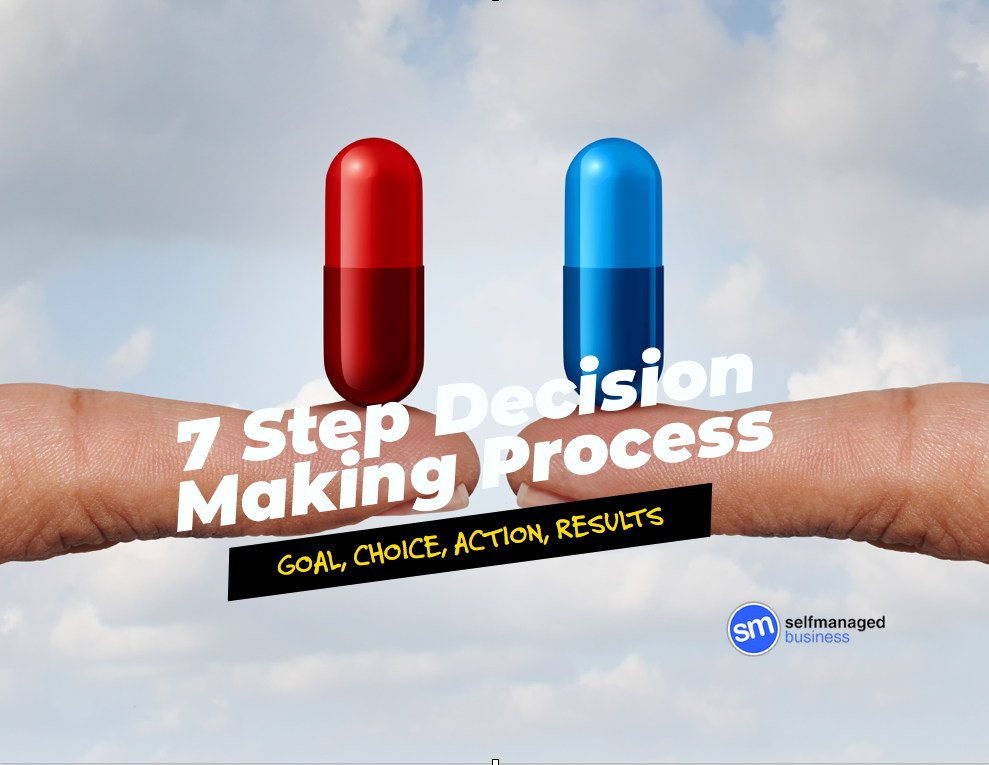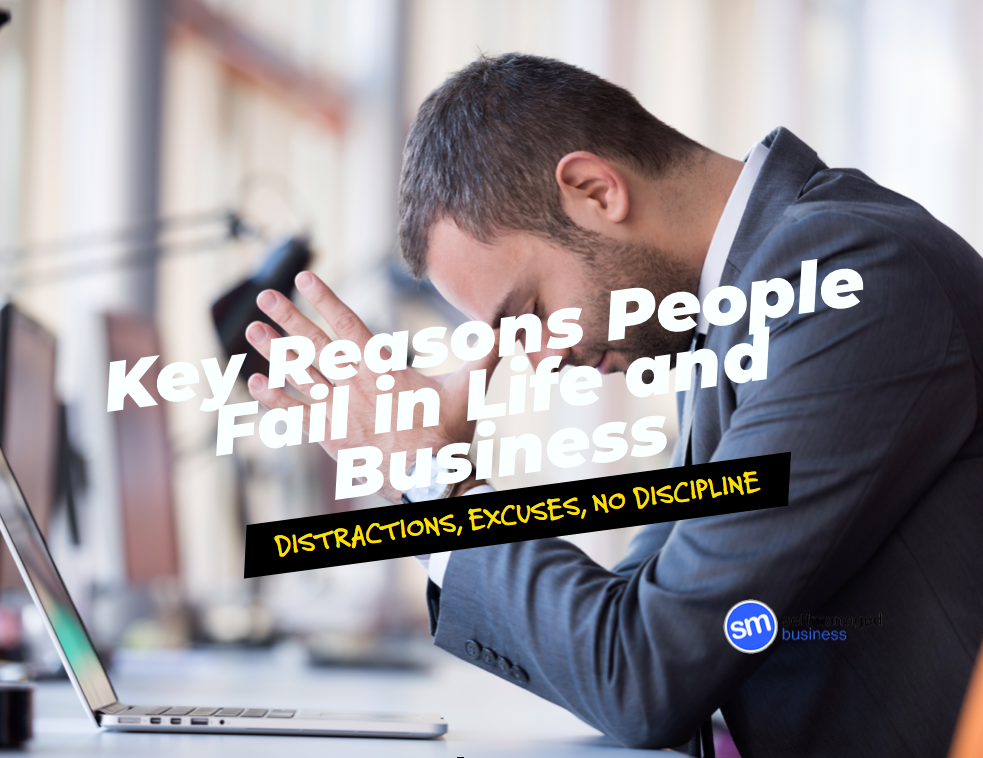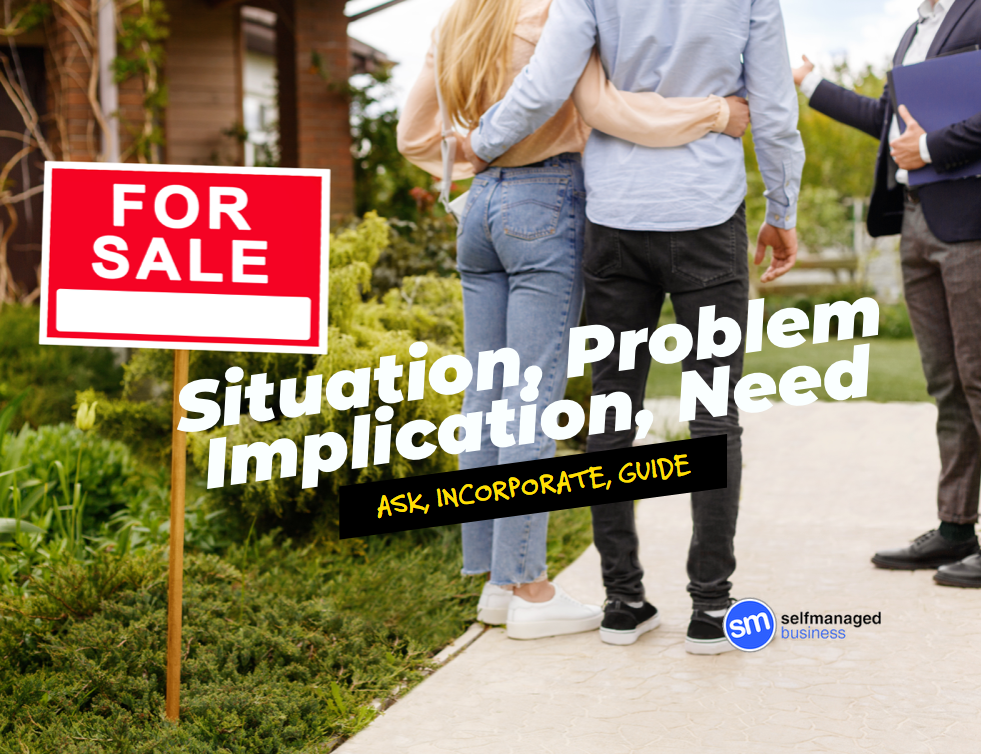A 7 Step Decision Making Process without the BS

As entrepreneurs, we are faced with making decisions each and every day.
Some of these choices are simple, and at times, some of them can be difficult. Simple decisions can be things like what shoes should you wear today; most people choose what to wear based on the season of the year, the weather of the day, and where they might be going.
Decisions that are difficult are those that require thought. For example, Examples of difficult decisions consist of things like where to attend university, what career path would be best, whether or not to marry and start a family. These types of decisions are difficult because they shape who we are, and they shape our future.
Making good decisions is a process that you can learn. It is not something with which you’re born with, but a step-by-step process that you’ve acquired from life experience.
When making a decision, there are many steps that can be taken; but when making good decisions there are really only seven steps that need to be considered. These steps are as follows:
Step 1: Identification of the purpose of the decision (the goal)
Start by identifying the purpose of your decision. There are a couple of questions one should ask when it comes to identifying the purpose of the decision.
- What exactly is the problem?
- Why the problem should be solved?
- Who are the affected parties of the problem?
- Does the problem have a deadline or a specific time-line?
Step 2: Gather Information for Weighing Your Options
When making good decisions gather the necessary information that is focused directly on the problem.
Doing this will help you to better understand what needs to be done to solve the problem, and will also help generate ideas for a possible solution.
During this step, gather the information and make a list of every possible alternative; even teh silly ones that seem unrealistic at teh time. Always speak to experts because it will help you to come up with a variety of solutions when weighing all your options for a final decision.
You will want to gather as many resources as possible in order to make the best decision.
Step 3. Youll never have all the information
We often avoid making important decisions because we want more information before we make a tough call. Life is a series of guesses, mistakes, and revisions. make the best decision you can at the time and continue to move forward. This also means learning to listen and trust your intuition.
Step 4: Evaluate the alternatives
In this step, the baseline criteria for judging the alternatives should be set. When it comes to defining the criteria, your broader goals should be taken into consideration.
You need to compare each alternative for its positives and negatives.
Ask yourself what’s likely to be the result(s) of your decision. How will your decision affect you now? And your future?
This step allows you to review the pros and cons of the options you’ve identified in step 2.
It’s also important because you want to feel comfortable with all your options and the possible outcome of whichever one you choose.
Step 5. Make a Choice
Okay, it’s time for the decision. It’s not yet time for action just yet.
This is often the most difficult part. There was nothing at stake now there is.
You could make this step more of a continuation of the previous step if you need more time to process the alternatives to see which one rises to the top of your list. That’s cool.
Step 6. Time for Action
No more procrastination. You now must act. (like jealousy, most of your fears are created in your own head). You’ve done the work, and you have the data. The historical context and the compass of your gut are pointing towards one decision. Implement it.
Whatever you do, don’t implement your decision blindly.
Step 7. Document and review the result of your decision
This is essentially after the decision has been implemented. Watch what happens at the onset carefully, and document the feedback and results so you can come back and review the result at a later date.
It’s likely that you will begin to see a pattern emerge in your decision-making process if you go back and review the decisions you’ve made. This will help you when you make similar decisions in the future so you don’t repeat mistakes.
P.S. WHENEVER YOU'RE READY...
Here Are 4 Ways I Can Help You
And Your Coaching Business Right Now!
Previous
Next






